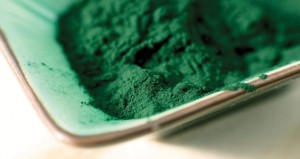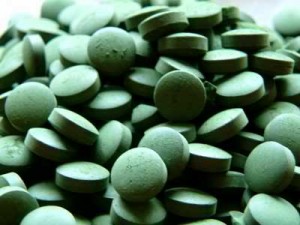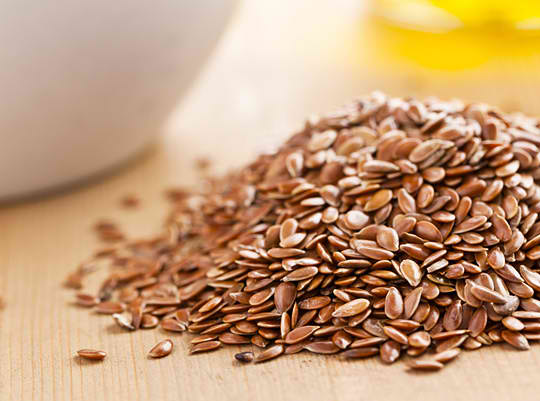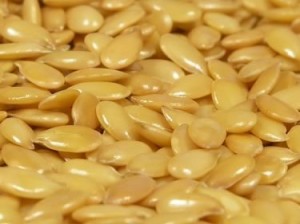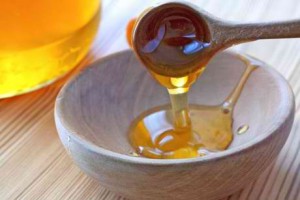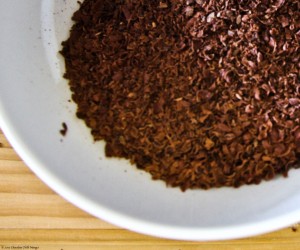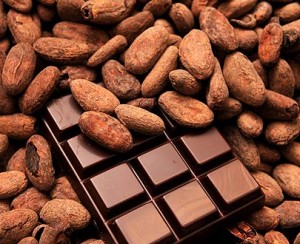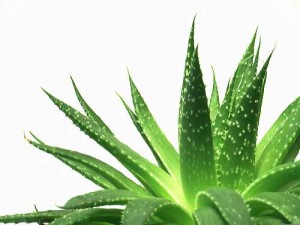 People are never surprised to find out about the medicinal properties of aloe vera. After all, it has been one of the most ancient alternative cures for various diseases. Even before laboratory-produced antiseptics and band aids invaded the consciousness of men, aloe was already used to clean wounds and quicken the healing process.
People are never surprised to find out about the medicinal properties of aloe vera. After all, it has been one of the most ancient alternative cures for various diseases. Even before laboratory-produced antiseptics and band aids invaded the consciousness of men, aloe was already used to clean wounds and quicken the healing process.
Yet not everyone expected that the gooey extract from this succulent herb can be eaten to become promote wellness and beauty at the same time.
Aloe as Superfood
The raw and unprocessed gel of aloe is a superfood in its full glory. Each drop of extracts is brimming with vitamins, antioxidants, amino acids, fiber, minerals and enzymes. Aloe is known to contain notable levels of
– Vitamins A, C, and E
– Calcium
– Sulfur
– Selenium
– Magnesium
– Chromium
– Zinc
– Antixodants
– Sterols
– Enzymes
– Amino Acids
– Lignins
– Polysaccharides
Each of these comes with their own function and health benefits. The play of these substances makes up for the different advantages that you can get from including Aloe Vera in your regular diet.
Health Benefits of Aloe
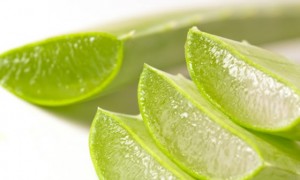 For the record, Aloe is not a laxative albeit its ability to improve bowel movements. The gel can be taken to cure constipation. Obviously, the gel extract lubricates the walls of the intestines, making it easier for digested food to find their way out. Aloe was also found to prevent the growth of candida bacteria in the colon.
For the record, Aloe is not a laxative albeit its ability to improve bowel movements. The gel can be taken to cure constipation. Obviously, the gel extract lubricates the walls of the intestines, making it easier for digested food to find their way out. Aloe was also found to prevent the growth of candida bacteria in the colon.
At the same time, the gel from the aloe can solve problems like acid reflux.
There’s also a reason why aloe is practically ubiquitous in beauty products. Drinking the juice from the succulent leaves clears the skin of acne and other flaws while keeping it glowing and moisturized.
Polysaccharides present in the extracts are also proven to play a role in alleviating pain from stiff joints while enhancing brain function. Given its anti-viral and anti-bacterial property, you can be safe from a wide range of diseases as your immune system is strengthened by the gel.
Note, however, that alow can only do its wonders when the juice is taken raw and unprocessed. It should not be pasteurized or exposed to heat, along with any other chemicals such as flavour enhancers.
The Best Way to Eat Aloe
Raw and fresh. Just like munching on carrots and snacking on celery, aloe vera leaves can be eaten right after they were cut off from the plant. Beginners, of course, are expected to have repulsion to this idea.
As such, they have the option to mix the extracts with their smoothies, fruit juices or pudding. Few pieces of the leaves can be liquefied using a blender. For as long as the gel is not subjected to heat, the minerals and nutrients remain intact and ready to put forth its breath of benefits.
There are also yummy concoctions that you can whip up using with aloe juice and lemon. Try finding more recipes and ideas online to enjoy the slimy but extremely beneficial juice of aloe vera leaves.
